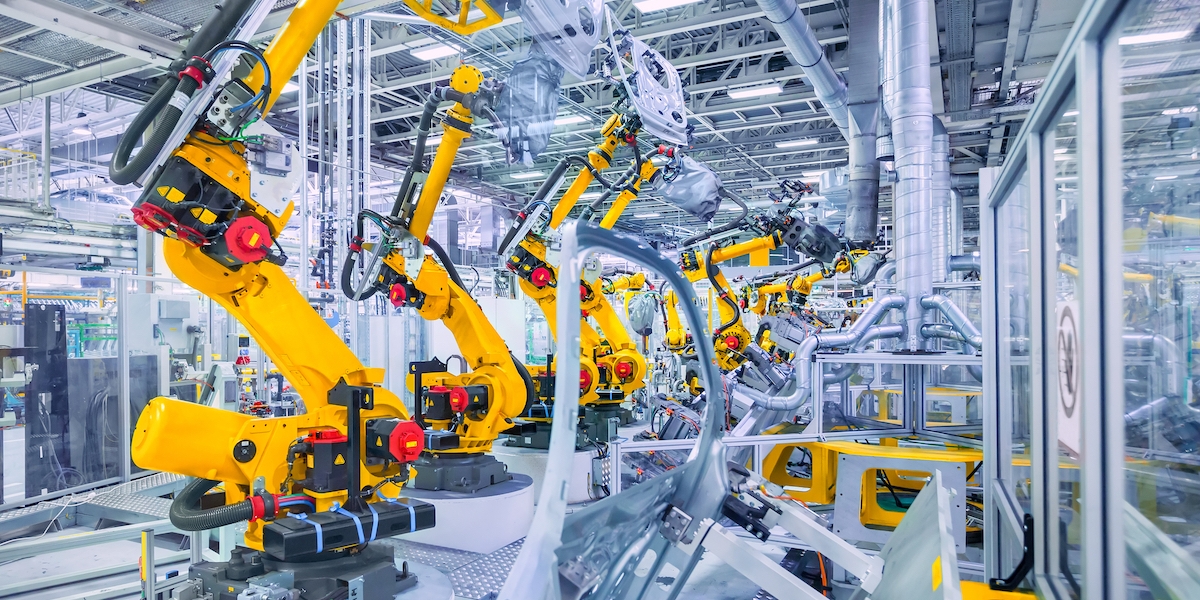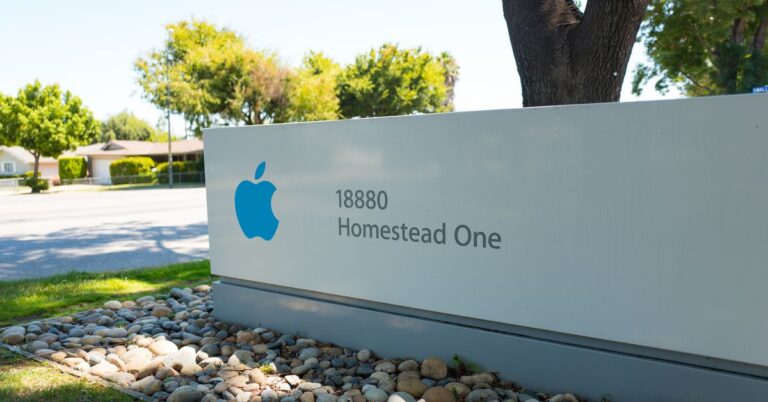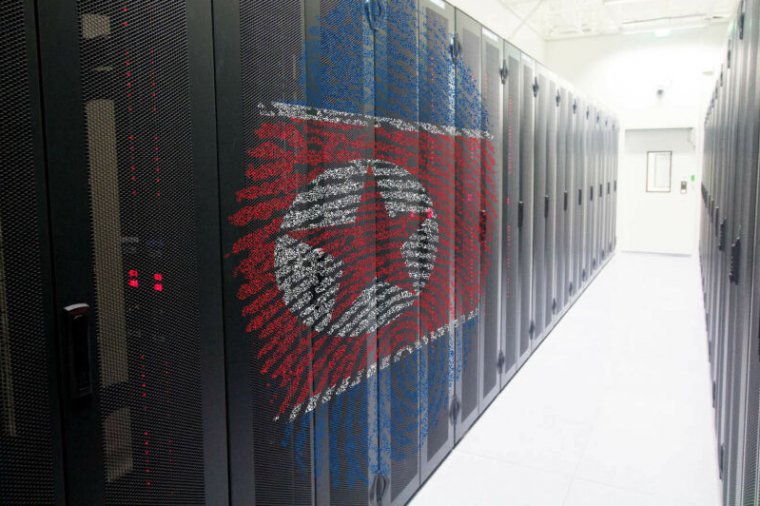
For the JIT model to work, the quality and supply of raw materials, the production of goods, and the customer demand for them must remain in alignment. If any one of the links in the chain breaks, stalls, or falls out of sync, the impact on the supply chains that crisscross the world can be felt immediately. For companies, unable to deliver on orders in a timely fashion, they risk losing not only efficiency gains but also brand credibility, market share, and revenue.
Now, companies are seeking new ways of managing their supply chains that offer greater flexibility and transparency. In the automotive sector, some companies including Nissan and JIT pioneer Toyota are increasing chip inventory levels, while others including Volkswagen and Tesla are trying to secure their own supplies of rare metals. But technologies, including Internet of Things (IoT), 5G, and business applications are also offering companies new ways to avoid disruption and respond to unforeseen circumstances.
Disruption and transformation
The transformation of the automotive supply chain is taking place in an increasingly-digitized world, beset with environmental concerns. As climate change concerns intensify, and governments across the world compel industries to switch to more environmentally-friendly practices, the automotive industry and its supply chain networks are undergoing a profound shift. Automotive manufacturers are moving away from internal combustion engines and large-scale manufacturing to zero-emission, carbon-neutral electric or autonomous vehicles with a focus on electric or hydrogen as energy sources. Autonomous vehicles, for example, are seen as “servers on wheels” that rely on batteries, wiring, laser technology, and programming rather than combustion engines. Tech giants such as Japan’s Sony and China’s Baidu have also announced plans for their own electric vehicles (EV), fueling an already heated race in the EV market.
According to the International Energy Agency, global sales of electric cars hit 6.6 million in 2021, making up 8.6% of all new car sales: more than double the market share from 2020, and up from a mere 0.01% in 2010. Business insights provider IHS Markit estimates the number of EV models in the US will increase 10 times over, from 26 in 2021 to 276 in 2030. At the same time, charging stations alone will need to increase from 850,000 in 2021 to nearly 12 million in 2030. To meet the increasing need for battery-powered vehicles, manufacturers must establish a new ecosystem of partners that supplies the parts and accessories required for the successful manufacturing and operating of these alternative vehicles. According to research from Transport Intelligence, “the supply chain for the entire powertrain will be transformed and the types of components, the logistics processes employed to move them, the markets of origin and destination as well as the tiered character of automotive supply chains will change.” This has enormous implications for how the automotive supply chain is ordered.
Meanwhile, everything in the automotive sector, from the automobiles themselves to entire factories, is becoming more connected, with the support of technologies such AI, IoT, 5G, and robotics. In recent months, Nissan has unveiled its “Intelligent Factory” initiative in its Tochigi plant in the north of Tokyo, which employs AI, IoT, and robotics to manufacture next-generation vehicles in a zero-emission environment. And Volkswagen has deployed a private 5G wireless network at its headquarter plant in Wolfsburg, Germany, to trial new smart factory use cases.
As manufacturing becomes more digitized, so too does consumer behavior. Automotive brands are rolling out direct-to-consumer sales models, enabling customers to complete more and more of the sales process through digital channels. While new players are taking an online-only approach to the sales model, incumbents are embracing digital initiatives in partnership with dealers where fulfillment, after sales, and services are still provided through a dealer. In 2020, 69% of dealers in the US added at least one digital step to their sales process. And 75% of dealers agreed that they would not be able to survive long term without moving more of the sales process online. Both models require greater visibility into the supply chain to ensure inventory and availability are accurate.
How manufacturers are responding
Ever more connected consumers, factories, automobiles, and supply chains generate a wealth of data. Gathering and analyzing this data can help enable manufacturers to reduce business risk and become more agile by identifying potential supply issues, increasing efficiencies, and giving customers more accurate timelines. Predictive analytics, for example, can help manufacturers answer the “What if?” questions and proactively reduce the impact of potential supply chain disruptions. Digital traceability enables companies to follow products and goods as they move along the value chain, providing them with exact information on the provenance of inputs, supplier sourcing practices, and conversion processes. “On the demand side, customers expect real-time visibility of when an automobile will be delivered to them, and the status of service, spare parts, and accessories,” says Mohammed Rafee Tarafdar, SVP and CTO, Infosys.
In a bid to harness data and develop greater visibility across the business, manufacturers are employing a variety of technology solutions including business applications—suites of software designed to support business functions. Paired with cloud services, the right business applications can give organizations greater access to cutting-edge technologies, which can then be managed at scale and address the need for visibility, analytics, and cybersecurity. As everything becomes more connected and more autonomous, “there is a need to have technology that can scale with demand. This is where cloud and business applications have very important roles to play,” says Tarafdar, who adds that manufacturers are embracing both private and public cloud to create hybrid clouds, with the support of private 5G networks.






